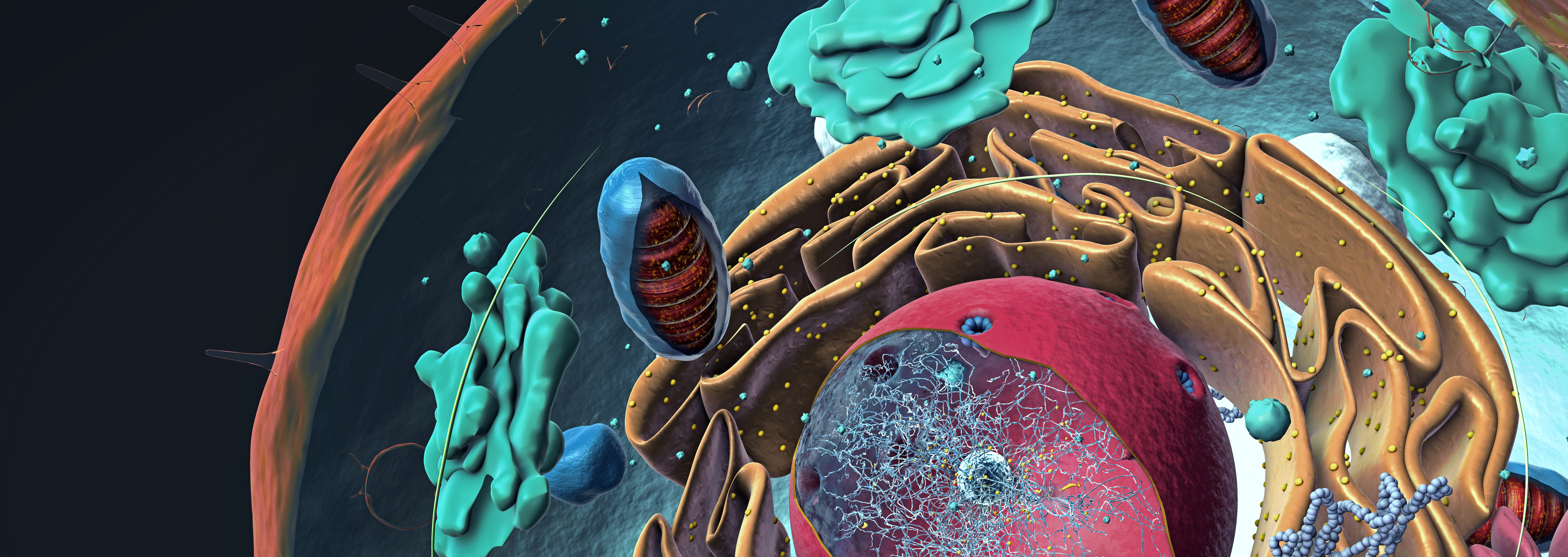Irreducible Complexity
Obstacle to Darwinian Evolution Download PDFIn his seminal work, The Origin of Species, Darwin hoped to explain what no one had been able to explain before — how the variety and complexity of the living world might have been produced by simple natural laws. His idea for doing so was, of course, the theory of evolution by natural selection. In a nutshell, Darwin saw that there was variety in all species. For example, some members of a species are bigger than others, some faster, some brighter in color. He knew that not all organisms that were born would survive to reproduce, simply because there was not enough food to sustain them all. So Darwin reasoned that the ones whose chance variation gave them an edge in the struggle for life would tend to survive and leave offspring. If the variation could be inherited, then over time the characteristics of the species would change, and over great periods of time, perhaps great changes could occur.
It was an elegant idea, and many scientists of the time quickly saw that it could explain many things about biology. However, there remained an important reason for reserving judgment about whether it could actually account for all of biology: the basis of life was yet unknown. In Darwin’s day atoms and molecules were still theoretical constructs — no one was sure if such things actually existed. Many scientists of Darwin’s era took the cell to be a simple glob of protoplasm, something like a microscopic piece of Jell-O. Thus the intricate molecular basis of life was utterly unknown to Darwin and his contemporaries.
In the past hundred years science has learned much more about the cell and, especially in the past fifty years, much about the molecular basis of life. The discoveries of the double helical structure of DNA, the genetic code, the complicated, irregular structure of proteins, and much else have given us a greater appreciation for the elaborate structures that are necessary to sustain life. Indeed, we have seen that the cell is run by machines — literally, machines made of molecules. There are molecular machines that enable the cell to move, machines that empower it to transport nutrients, machines that allow it to defend itself.
